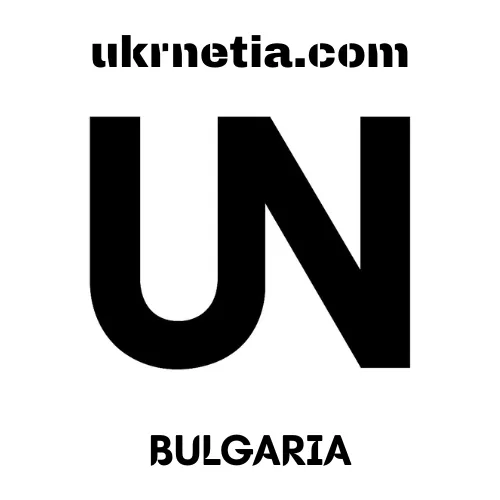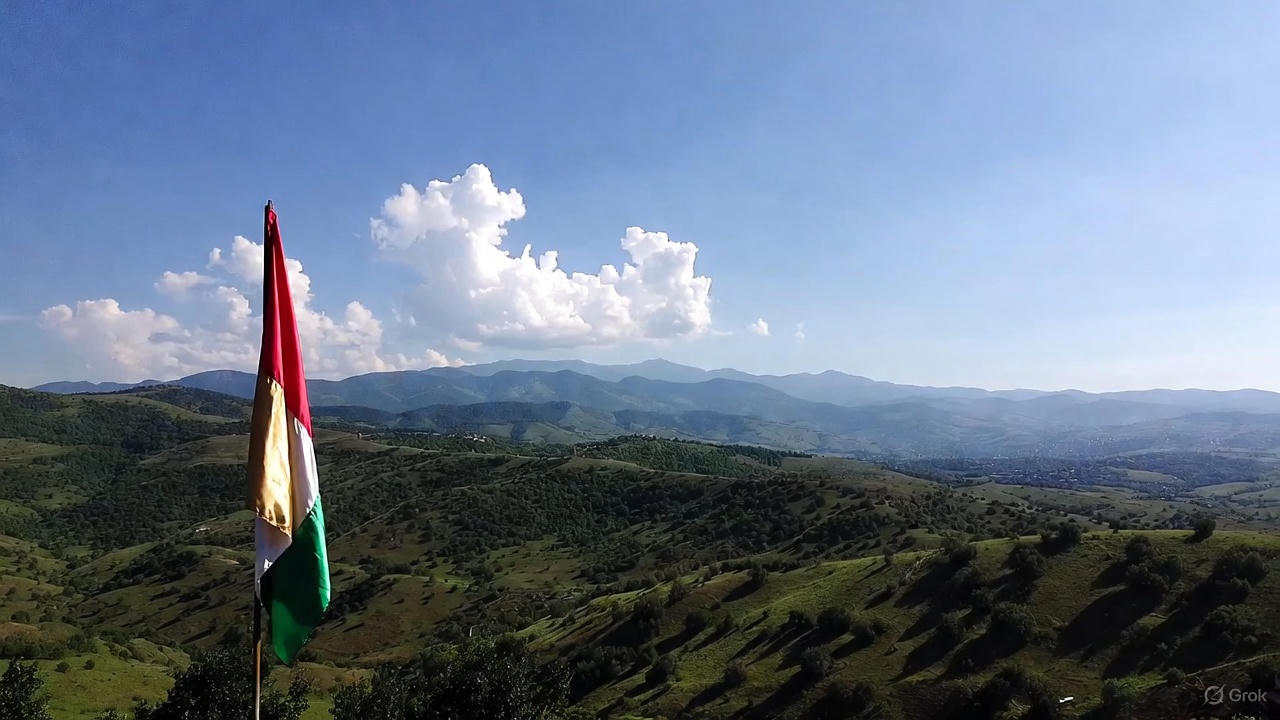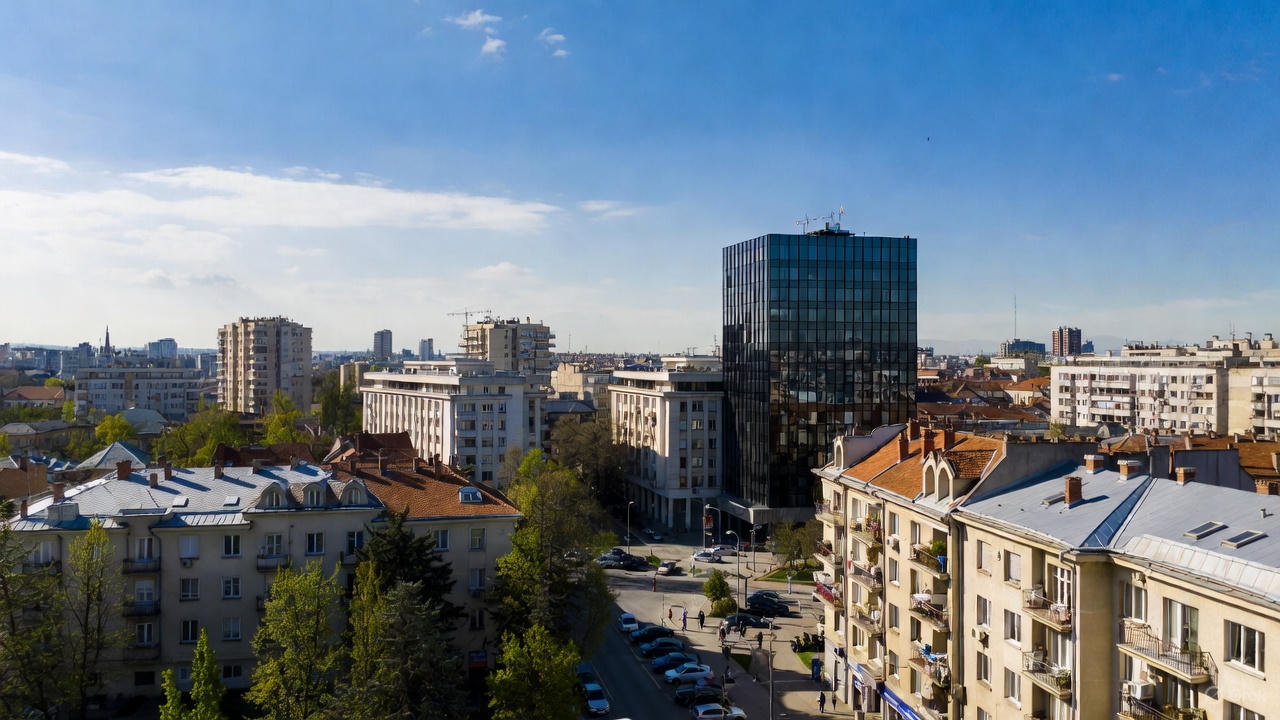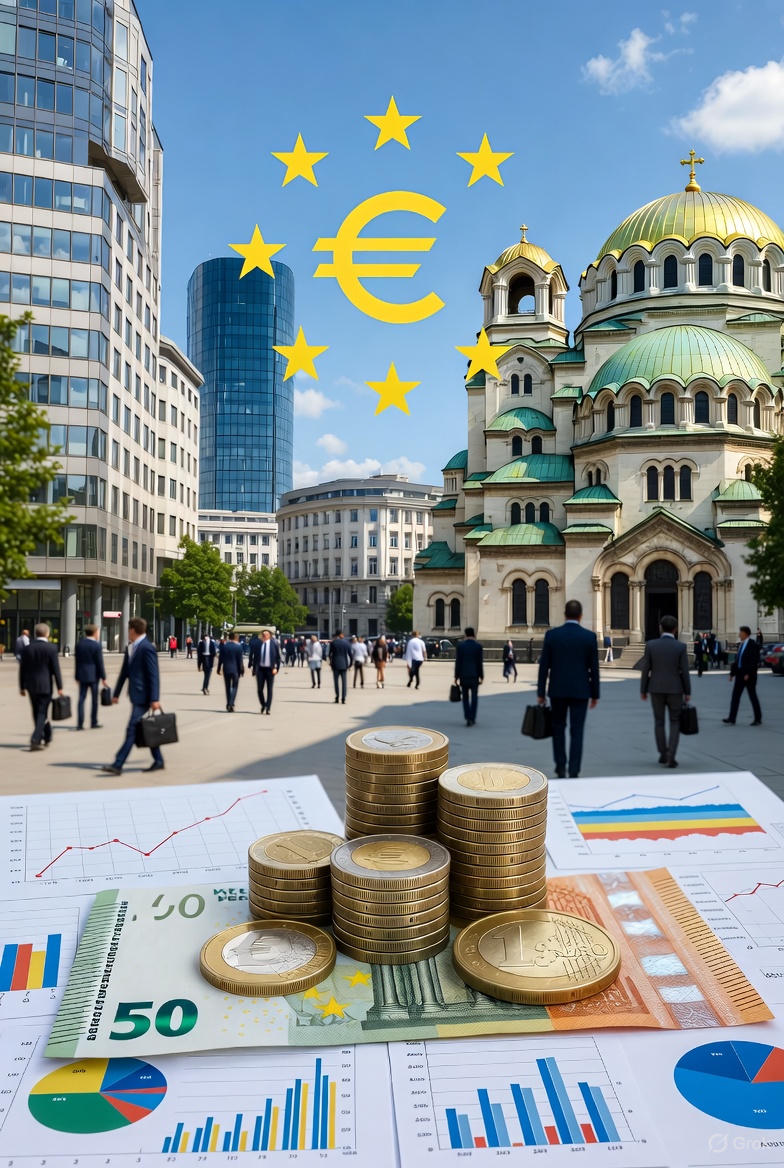How EU Membership Transformed Bulgaria’s Economy Over Two Decades
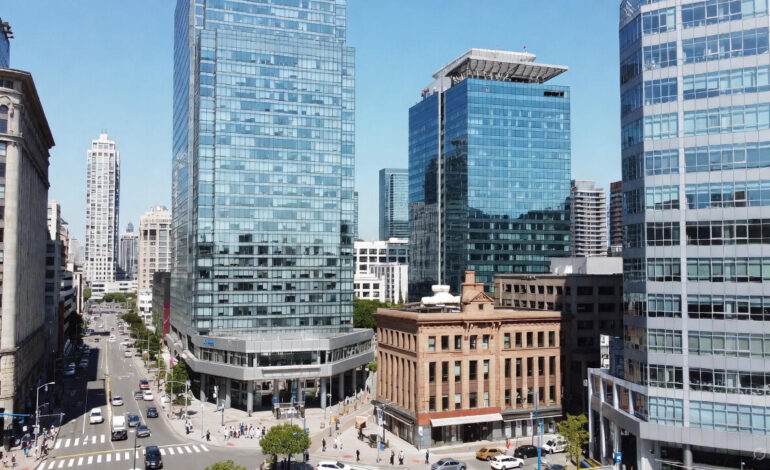
On 1 January 2007, Bulgaria and Romania raised the European Union flag together, enlarging the bloc to 27 members. For Bulgaria, the moment capped a decade of painful post-communist restructuring and launched an era of structural transformation. Two decades later, the numbers are unambiguous: GDP per capita in purchasing power standards rose from 38 % of the EU-27 average in 2006 to 64 % in 2024; foreign direct investment stock multiplied 15-fold; exports to the EU jumped from €4.8 billion to €32.1 billion. Yet the story is not merely macroeconomic. EU membership rewired institutions, infrastructure, agriculture, industry, and human capital, turning a fragile transition economy into Southeastern Europe’s most stable platform. This article traces the channels—funds, markets, rules, and mobility—through which Brussels reshaped Sofia.
1. The Fiscal Firehose: €22 Billion in Net Transfers
Between 2007 and 2023, Bulgaria received €22.4 billion in net EU contributions (structural funds, cohesion, agriculture, recovery). Annual inflows peaked at 4.2 % of GDP in 2015 and averaged 2.8 % over the period—comparable to Ireland’s Celtic Tiger boost in the 1990s.
| Funding Stream | 2007–2013 (€bn) | 2014–2020 (€bn) | 2021–2027 (€bn) |
|---|---|---|---|
| Cohesion Policy | 6.8 | 7.6 | 9.8 |
| Common Agricultural Policy | 2.9 | 6.1 | 5.5 |
| Recovery & Resilience | — | — | 6.3 |
| Total Gross | 11.2 | 16.1 | 23.2 |
Absorption rates climbed from 38 % in the first programming period (plagued by corruption probes) to 94 % in 2020–2023. Every euro leveraged €1.80 in private co-financing, per Ministry of Finance data.
1.1 Infrastructure Leap
Pre-2007, Bulgaria had 418 km of motorways; by 2024, the network reached 1,920 km. EU funds built the Trakia (Sofia–Burgas), Hemus (Sofia–Varna), and Struma (Sofia–Kulala) highways, slashing freight transit times by 40 %. Sofia Metro expanded from one line (13 km) to three (52 km), carrying 350,000 passengers daily. High-speed internet coverage rose from 12 % to 89 % of households, thanks to €420 million in broadband projects.
1.2 Agricultural Modernization
CAP direct payments—€850 per hectare in 2024—enabled mechanization: tractor density doubled, irrigation coverage tripled. Dairy farms consolidated from 120,000 micro-holdings to 8,500 commercial units. Yogurt exports (Bulgaria’s “white gold”) hit €420 million in 2023, up from €80 million in 2006.
2. Single Market Access: Export Engine in Overdrive
EU membership erased tariffs and customs delays overnight. Bulgarian exports to the EU-27 surged 570 % in nominal euro terms between 2006 and 2023. The trade-to-GDP ratio climbed from 58 % to 82 %, among the highest in the bloc.
2.1 Sectoral Winners
- Manufacturing: Automotive parts, electronics, and machinery now account for 42 % of exports (vs. 18 % in 2006). German giants (Kostal, Visteon) and U.S. firms (Sensata) built supply chains around Plovdiv and Ruse.
- Services: IT and business-process outsourcing exports grew from €180 million to €3.4 billion, fueled by zero barriers to EU clients.
- Energy: Liberalized markets enabled reverse gas flows; Bulgaria became a transit hub for Azerbaijani and LNG supplies post-2022.
2.2 SME Integration
The EU’s COSME and Horizon programs unlocked €1.1 billion in grants and guarantees for 12,000 Bulgarian SMEs. Export share of firms with <250 employees rose from 22 % to 48 %.
3. Institutional Upgrade: Rules Over Rackets
The acquis communautaire—35 chapters of EU law—forced wholesale regulatory overhaul. Pre-accession, Bulgaria scored 3.6/7 on the World Bank’s Government Effectiveness index; by 2023, it reached 4.9.
3.1 Judicial and Anti-Corruption Reforms
Chapters 23 (judiciary) and 24 (justice, freedom, security) were the toughest. EU monitoring under the Cooperation and Verification Mechanism (CVM) ran until 2019, withholding €1.2 billion in funds until benchmarks were met. Outcomes:
- Specialized anti-corruption court established (2020); conviction rate for high-level graft rose from 8 % to 61 %.
- Public procurement digitized (e-tenders mandatory since 2018); savings of €320 million annually.
3.2 Competition and State Aid
State-owned dinosaurs (Bulgarian State Railways, BDZ; electricity distributor EVN) faced breakup and privatization. EU state-aid rules capped subsidies at 1.8 % of GDP, forcing efficiency. BDZ’s freight market share recovered from 2 % to 11 % after €900 million in rolling-stock upgrades.
4. Labor Mobility: Brain Drain, Brain Gain, and Remittances
Free movement rights triggered an exodus: 1.1 million Bulgarians emigrated between 2007 and 2020, peaking at 70,000 annually in 2012–2014. Yet the narrative flipped.
4.1 Remittance Windfall
€2.1 billion in annual worker remittances (2023) equals 40 % of tourism revenue. Households used inflows for real-estate and small businesses; rural poverty fell from 41 % to 19 %.
4.2 Return Migration
Post-2017, returnees outnumbered leavers. The 2021 census recorded 180,000 returnees since 2015—mostly 30–45-year-olds with Western savings and skills. They founded 22 % of new tech startups in Sofia (2020–2023).
4.3 Skills Transfer
EU Erasmus+ sent 48,000 Bulgarian students abroad; 72 % returned within five years. Vocational partnerships with German chambers (AHK) trained 15,000 dual-education apprentices in mechatronics and IT.
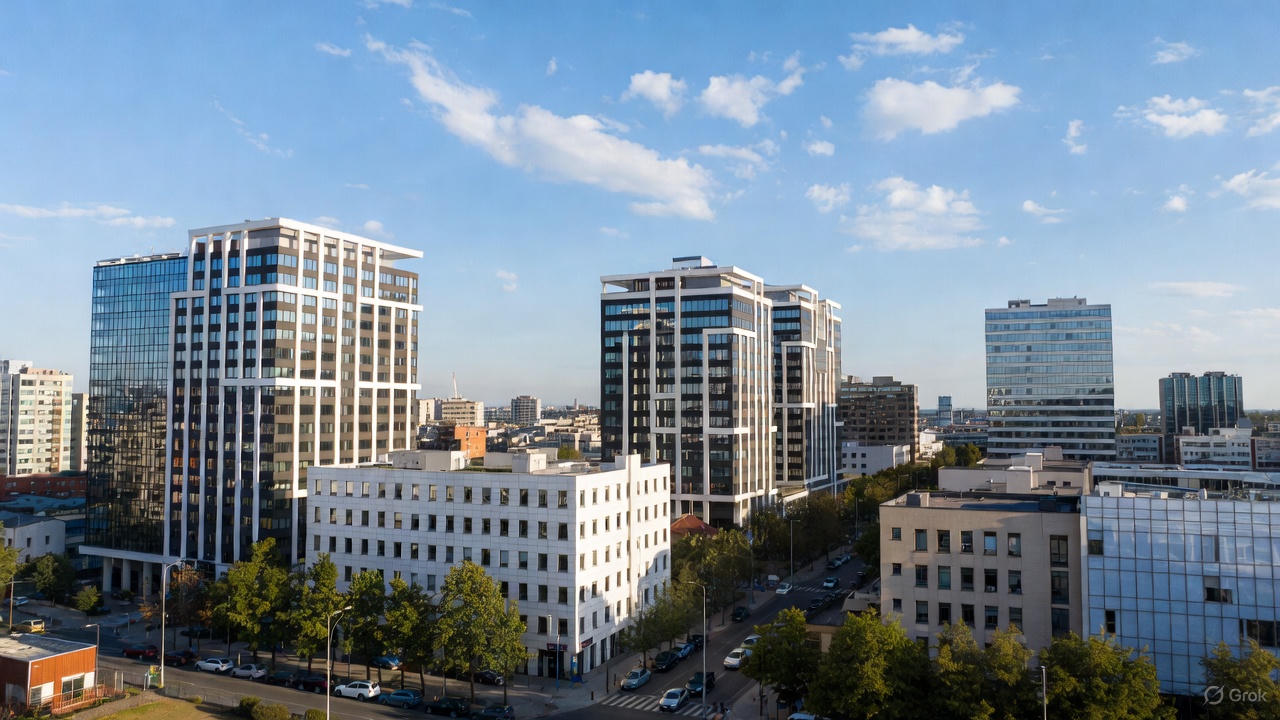
5. Macroeconomic Stability: From Hyperinflation to Euro Track
EU fiscal rules (Maastricht criteria) reinforced the 1997 currency board. Budget deficits averaged 0.8 % of GDP (2007–2023); public debt never exceeded 30 %. Inflation converged to eurozone levels (2.1 % average). The lev’s euro peg—unchanged since 1999—paved entry into ERM II (2020) and euro adoption (January 2025).
5.1 Banking Sector Cleansing
Post-2014 Corporate Commercial Bank collapse (€2 billion loss), EU-driven stress tests and ECB oversight raised capital buffers to 23 %. Non-performing loans fell from 18 % to 3.2 %.
6. Regional Convergence: Closing the Gap
GDP per capita in Sofia-Capital reached 108 % of EU average in 2023, but rural Northwest lagged at 34 %. EU targeted cohesion:
- Operational Programmes: €1.8 billion to Northwest Bulgaria (2021–2027) for industrial zones and broadband.
- Just Transition Fund: €1.2 billion to phase out Maritsa coal mines, retraining 12,000 workers for solar and battery jobs.
7. The Intangibles: Confidence and Soft Power
EU membership ended Bulgaria’s “Wild East” stigma. The country hosted the EU Presidency (January–June 2018), chaired Western Balkans summits, and became a NATO anchor in the Black Sea. Investor surveys (AmCham, 2023) cite “EU rule of law” as the top location factor, ahead of low taxes.
8. Critiques and Unfinished Business
Not all is rosy.
- Inequality: Gini coefficient stuck at 39–40, highest in EU.
- Absorption Bottlenecks: 2021–2027 funds are front-loaded; delays risk €1.5 billion in decommitments by 2026.
- Demographics: Population fell from 7.6 million (2007) to 6.45 million (2024); active labor force down 18 %.
The EU’s response: €6.3 billion Recovery and Resilience Facility ties 40 % of grants to pension reform, digital skills, and green jobs.
9. 2030 Horizon: A €125 Billion Economy?
European Commission forecasts 3.2 % average real growth to 2030, lifting GDP to €125 billion and per capita income to 72 % of EU average. Upside scenarios (4 %+ growth) hinge on full eurozone integration, 100 % fund absorption, and AI-driven productivity in services.
The Transformation Equation
EU membership = Funds × Markets × Rules × Mobility Each variable compounded the others. €22 billion in transfers built roads and factories; single-market access filled them with orders; acquis rules professionalized management; labor mobility recycled skills and capital. The result is an economy that grew 3.8 times in nominal euro terms, converged 26 percentage points toward EU wealth, and stabilized institutions once dismissed as Balkan chaos.
Twenty years on, Bulgaria is no longer the EU’s problem child—it is the bloc’s quiet overachiever. The next decade will test whether it can leap from convergence laggard to innovation leader. The foundations, laid brick by EU brick, are solid.
